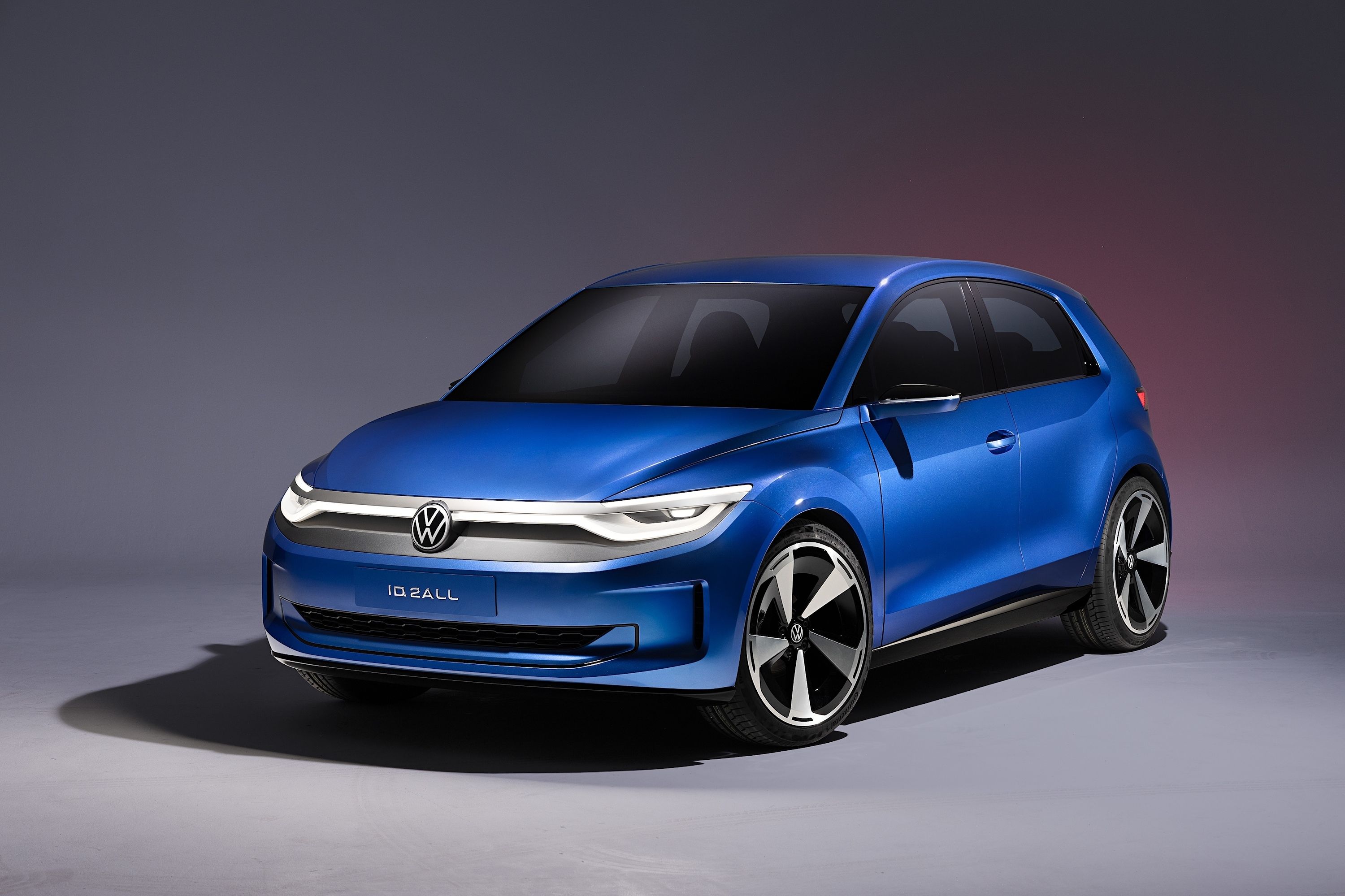
In a recent interview with Automotive News Europe, Volkswagen passenger car CEO Thomas Schafer was asked how he plans to profit from the affordable ID.2 electric car, which was shown as a concept called the ID. 2all. Arriving in 2025, the 2026 Volkswagen ID.2 (likely to be the final name) will go on sale for less than 25,000 euros (around $27,000), meaning it would be cheaper than every EV sold today, including the Chevrolet Bolt.
With such a low asking price, it's easy to wonder how VW plans to make a profit because the margins will be slim. There's a reason why so many automakers are currently selling six-figure EVs that only wealthy buyers can afford.
"We cannot have margins below 6%," Schafer said. "With the scale we have with four vehicles from three brands [on the same MEB Entry platform], two from VW, one from Cupra, and one from Skoda, I guarantee we can. We are not a charity. We intend to make money."
Put simply; the VW Group plans to reduce its production cost by producing four EVs from three different brands at a larger scale. But not all of these cars will be so affordable.
"The ID.2 hatchback is the entry model for the time being, and the second one from Volkswagen will be an SUV-ish vehicle. The Skoda will be an SUV, and then you have the Cupra Urban Rebel. They won't be under 25,000 euros," Schafer confirmed. There's even a chance the Cupra brand will come to the US market, and VW might do a hotter GTI version of the ID.2.
Sadly, because these cars will be built in Spain, there's little chance VW will be able to import them to the US.
To keep costs low on all four models, they will be built in Spain at two different plants. The battery systems will be shared between the vehicles and will also be assembled in Spain. "We don't make cars below 100,000," Schafer said when asked how many will be produced. "We normally dimension our factories for 150,000 (30 units per hour), but we can then double to 300,000, so we are flexible. The battery capacity will be the deciding factor in the ramp-up."
VW's battery plant in Spain won't be operational until 2026, meaning the ID.2 and its siblings will get batteries from other places, at least when they first go on sale. "The new Unified cell from our PowerCo subsidiary will be scaled across all models, factory by factory. That will give us a real cost advantage," the VW passenger car CEO explained. "The Unified prismatic cell gives us enough density, and we think it's going to be the industry standard going forward. To get a car below 25,000 euros that has no compromises with safety and range is literally impossible at the moment."
After the ID.2 goes on sale, VW might set its sights even more downmarket with a cheaper car. "It has to come by 2026-27 at the latest. This [EV under 20,000 euros] is the real Champions League. For VW, it is almost an obligation for us to get this right. We have to make a car that is affordable. This is not something that you can solve quickly without making compromises on the values of our brands," he said.
